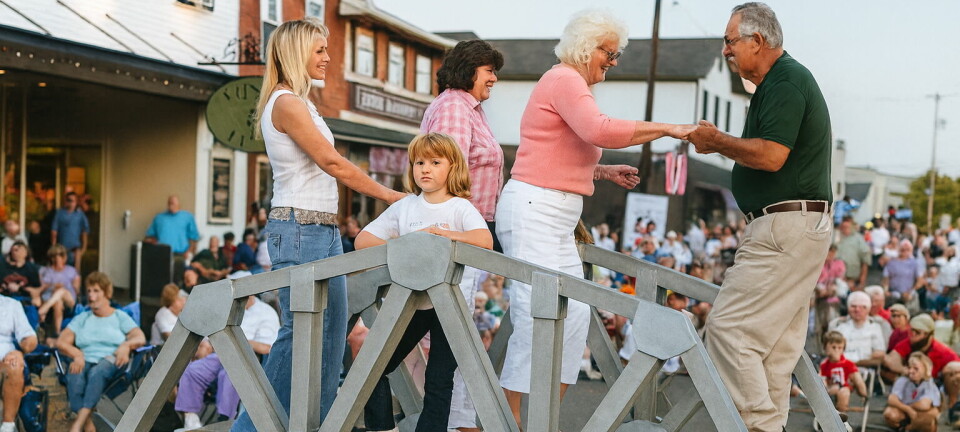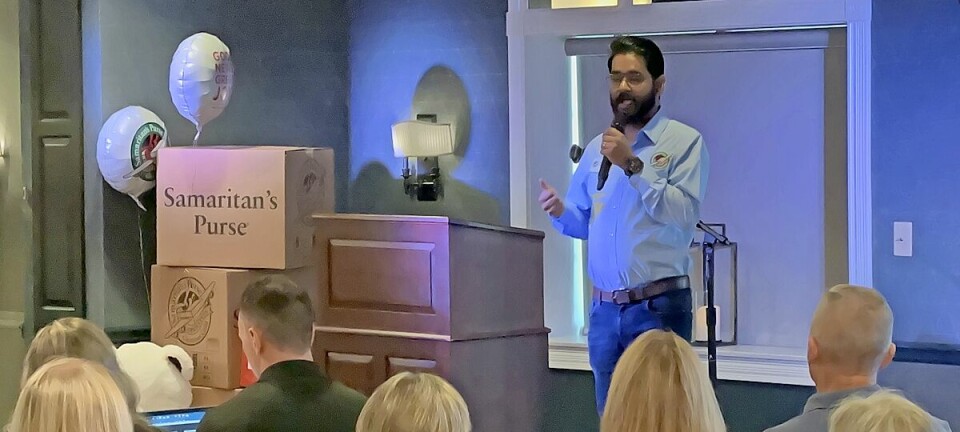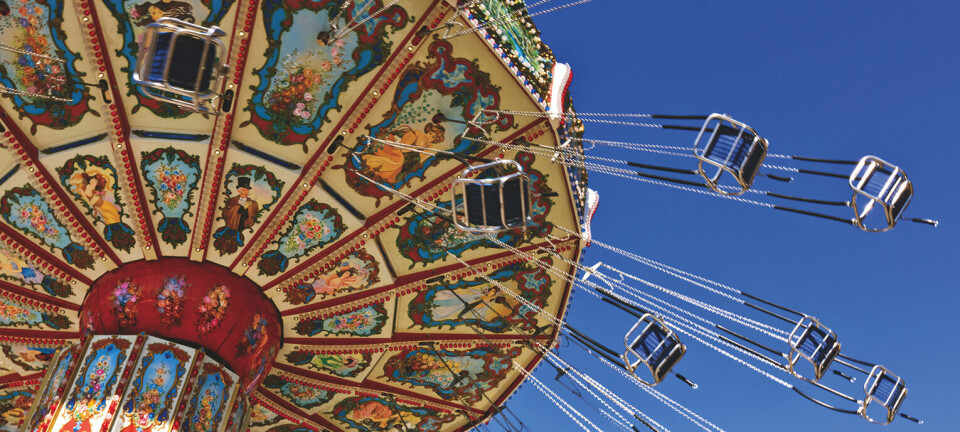Zoar becomes a National Historic Landmark


Earlier this month the U.S. Department of the Interior named Historic Zoar Village a National Historic Landmark. The honor marks Zoar as an exceptional example of U.S. heritage and recognizes its efforts in historical interpretation and architectural preservation. We are now one of just over 2,500 historic places in the U.S. and one of only 73 in Ohio with this designation, said Jon Elsasser, president of Zoar Community Association. Its an overwhelming achievement that is coming at a great time. We celebrate our bicentennial next year, and this will help our visitors in 2017 and beyond understand the significance of what the Zoar separatists created here. Zoar was founded in 1817 by German separatists seeking religious freedom. They created the Society of Separatists, a communal settlement that lasted 81 years, making it one of the most successful in American history. Today Zoar operates a village-wide museum complex featuring exhibits, historic interpretation and demonstrations, educational programs, and fully restored structures dating from 1818-87. Some original 1817 structures also have been preserved and are currently private residences.Mayor Scott Gordon says the designation also secures Zoars future as it relates to flood protection. In 2011 the U.S. Army Corps of Engineers launched a study to determine what to do about seepage problems with the Zoar Levee, an old earthworks levee built decades ago to protect Zoar from flooding of the Tuscarawas River. One of the options on the table was to breach the levee and flood the village, thereby demolishing the tiny town. Instead, upon completion of the study in 2015 the corps announced an $11.5 million project to overcome the seepage problems.While the village had to lobby long and hard for the levee repairs, Gordon said that with national landmark status this will never be a question in the future. The corps will maintain the levee, helping to keep the town secure. According to a statement released by the Office of Secretary of the Interior Sally Jewel, Zoar was selected because it expands the understanding of communal utopian societies in 19th-century America by representing a significant and distinctive community reflecting the traditional landscape design, architecture and way of life inherent in the Society of Separatists world view and beliefs. Many of the intact 19th-century buildings reflect medieval building traditions transplanted by its German-American settlers as well as their customs, traditions and religious beliefs including their varying attitudes toward gender equality and the role of women within the social and economic organization of these communities.The society included women in votes on village issues even at a time when they could not vote in any other local, state or federal election. In addition the original concept for the society was created by Barbara Grubenmann, a spiritual leader for the group while they still resided in Germany. Nine other sites join Zoar as 2016 recipients of the designation, representing a diverse range of historical significance and locations. They include Ames Monument (Wyoming), Athenaeum (Indianapolis), the Edsel and Eleanor Ford House (Michigan), the James Merrill House and the Foreign Mission School (Connecticut), Man Mound (Wisconsin), Norman Film Manufacturing Company (Florida), St. Bartholomews Church (New York City), and the Mississippi State Capitol.

























